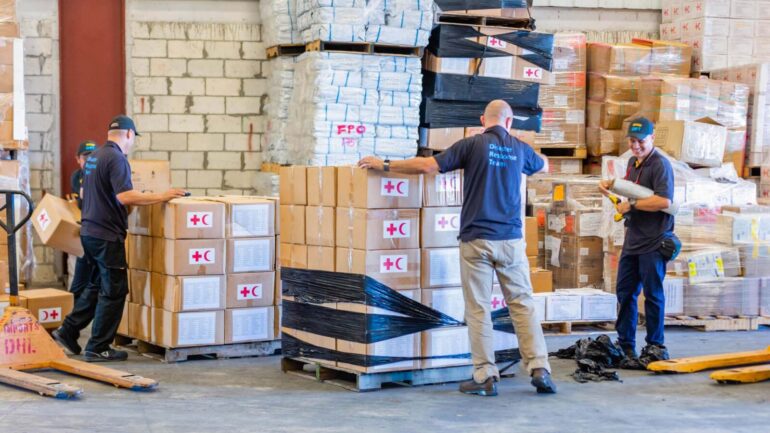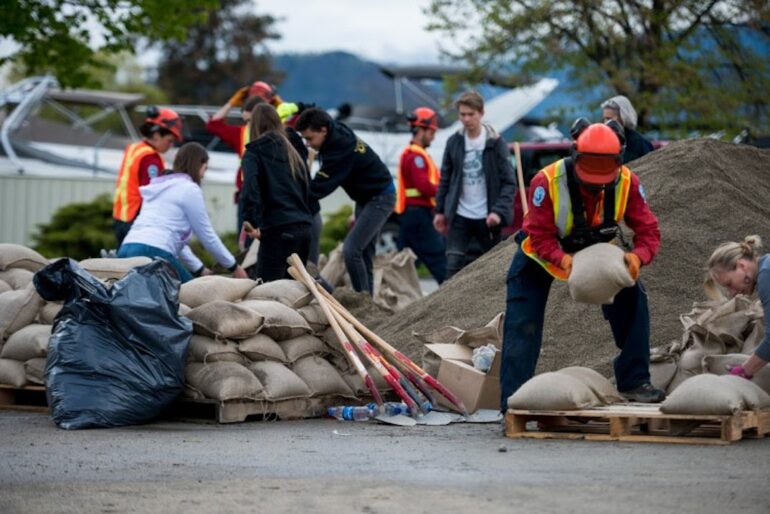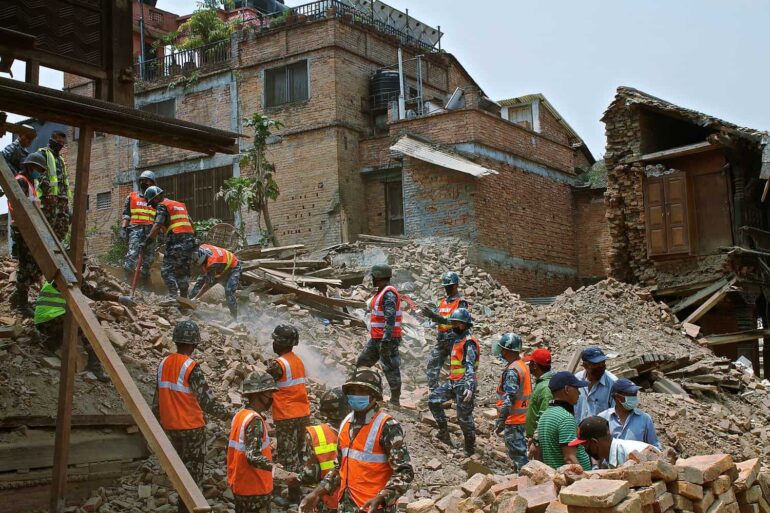When a natural disaster like an earthquake, hurricane, or flood occurs, providing timely and effective aid to those affected is crucial. Though every situation has its unique challenges, there are some fundamentals to keep in mind when organizing and administering disaster relief.
Being aware of these basics can help ensure that aid is delivered efficiently and equitably to those in need.
Assessing Needs
The priority after a crisis is assessing what specific needs have emerged in the affected communities. This involves gathering on-the-ground information about damage to infrastructure, access to food and clean water, medical care required, etc.
Understanding the scope and urgency of needs allows relief organizations to target resources efficiently. For example, after an earthquake that severely affects buildings and roads, assessing the need for temporary shelters and clearing debris may be top priorities.
Logistics Planning

Once needs are identified, complex logistics planning goes into motion. Supply chains need to be established to move necessary goods like food, medicine, and building materials into affected areas.
Transportation infrastructure is often severely compromised after disasters, so contingency planning is necessary. Relief experts coordinate to find working transit routes, vehicles, storage facilities, distribution centers, etc. Thorough planning minimizes delays in getting supplies to those in desperate need.
On-the-Ground Distribution
The distribution of supplies, shelter, medical care, and other aid requires immense coordination. Relief organizations rely on community partnerships to connect with local people who deeply understand neighborhood needs.
Trusted community leaders can help equitably distribute resources to those most vulnerable. Language and cultural awareness also facilitate effective aid distribution. Detailed record-keeping tracks what supplies go where so that further distributions can fill any gaps.
Adaptability to Changing Conditions

In disaster relief, conditions change rapidly and needs shift. As new information emerges, strategies must adapt. For example, after an earthquake, the secondary impact of a disease outbreak may become a pressing concern.
Relief efforts then pivot to provide vaccines, medicine, and health services. Regular re-evaluations ensure aid aligns appropriately with evolving realities post-disaster.
Recovery Transition
As the immediate crisis stabilizes, the focus transitions to sustained rebuilding efforts. Short-term essentials like food and shelter give way to long-term recovery needs like repairing infrastructure, restoring health services, reopening businesses, etc.
This requires coordinated planning between relief experts, government agencies, community leaders, and more. The road to recovery often lasts months or years, requiring an organized shift across multiple sectors.
The Logistics of Earthquake Response

Earthquakes in particular present complex challenges for relief efforts. Extensive infrastructure damage often hampers transportation, while collapsed buildings trap victims needing urgent rescue.
Floods and fires triggered by quakes further exacerbate issues. To deliver post-earthquake assistance, customized supply chains are crucial. According to the folk at Brother’s Brother Foundation, relief coordinators identify working rail lines, roads, and runways to move necessary personnel, equipment, and aid.
A priority is clearing roads and creating accessible distribution points for getting supplies to isolated areas cut off by debris. Airdrops are often deployed to reach stranded communities after earthquakes, too. Detailed mapping and data guide operations.
With careful planning and expert coordination, earthquake relief efforts can overcome significant disruption to bring urgent help to those badly affected.
Conclusion
Delivering meaningful assistance when disasters strike is extremely complex, but entirely necessary work. Understanding fundamental practices, like thorough needs assessments, adaptable logistics, and community partnerships means relief agencies can help stabilize desperate situations.
While every crisis presents unique troubles, the basic principles outlined here aim to drive effective, compassionate aid. With informed and dedicated relief workers laboring day and night, necessary resources get delivered to devastated regions, bringing hope amid turmoil.
Though the road to recovery may stretch far, equitable access to disaster relief marks the crucial first steps.

